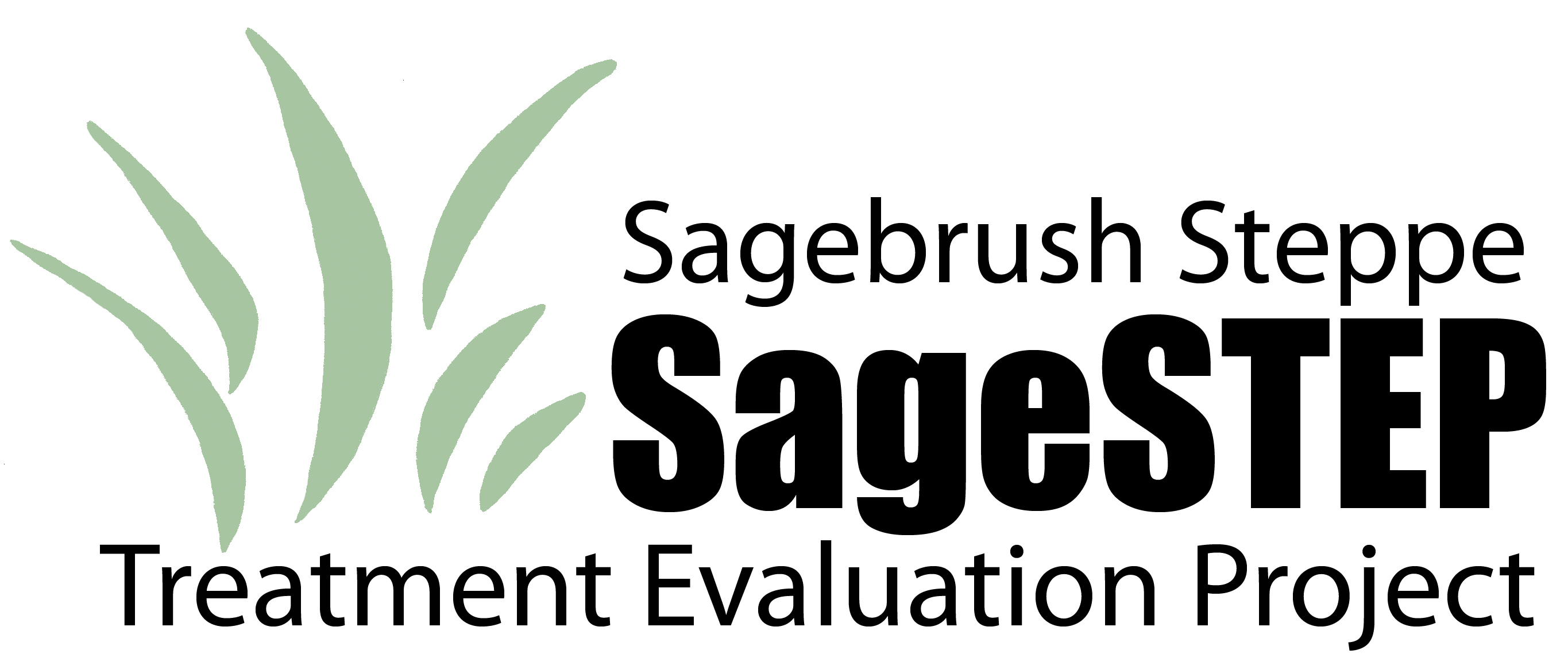Document Type
Report
Publisher
Bureau of Land Management
Publication Date
2009
First Page
1
Last Page
86
Abstract
Prescribed fire is increasingly used for fuels management and ecosystem restoration. Managers and fuels specialists of the Great Basin are often required to estimate fuel loadings to predict fire behavior, recommend fuel treatments, or restore an area to its natural fire regime. Because of invasive species and woodland encroachment, there have been extensive changes in the fire regimes of sagebrush steppe over the past 150 years. After two years of pre-treatment sampling across six states of the Great Basin, the Sagebrush Steppe Treatment and Evaluation Project (SageSTEP) measured many variables including vegetation, soils, hydrology, wildlife, and fuels. These data will be instrumental in assessing the effectiveness of prescribe burning, chemical and mechanical treatments and provide a better estimate of the vegetation and fuels that currently exist on the sites. The ‘Guide for Quantifying Fuels in the Sagebrush Steppe and Juniper Woodlands of the Great Basin’ assimilates the SageSTEP pretreatment vegetation and fuels data into an assessment tool that will help users better estimate percent cover, stem density and fuel loadings for their site. Designed similarly to the Natural Fuels Photo Series, produced by USDA Forest Service Fire and Environmental Research Applications team (FERA), this Guide provides the necessary landscape-level inputs required by fire behavior and fire effects models along with building custom fuelbeds. Through the use of photographs and tables with the range of values for each vegetation type, a user should be able to quickly appraise their site by fuel stratum.
Recommended Citation
Stebleton, A. and S. Bunting. 2009. Guide for Quantifying Fuels in the Sagebrush Steppe and Juniper Woodlands of the Great Basin. Technical Note 430. Bureau of Land Management, Denver, CO, BLM/ID/PT-09/002+2824, 81 pages.




Comments
Technical Note 430